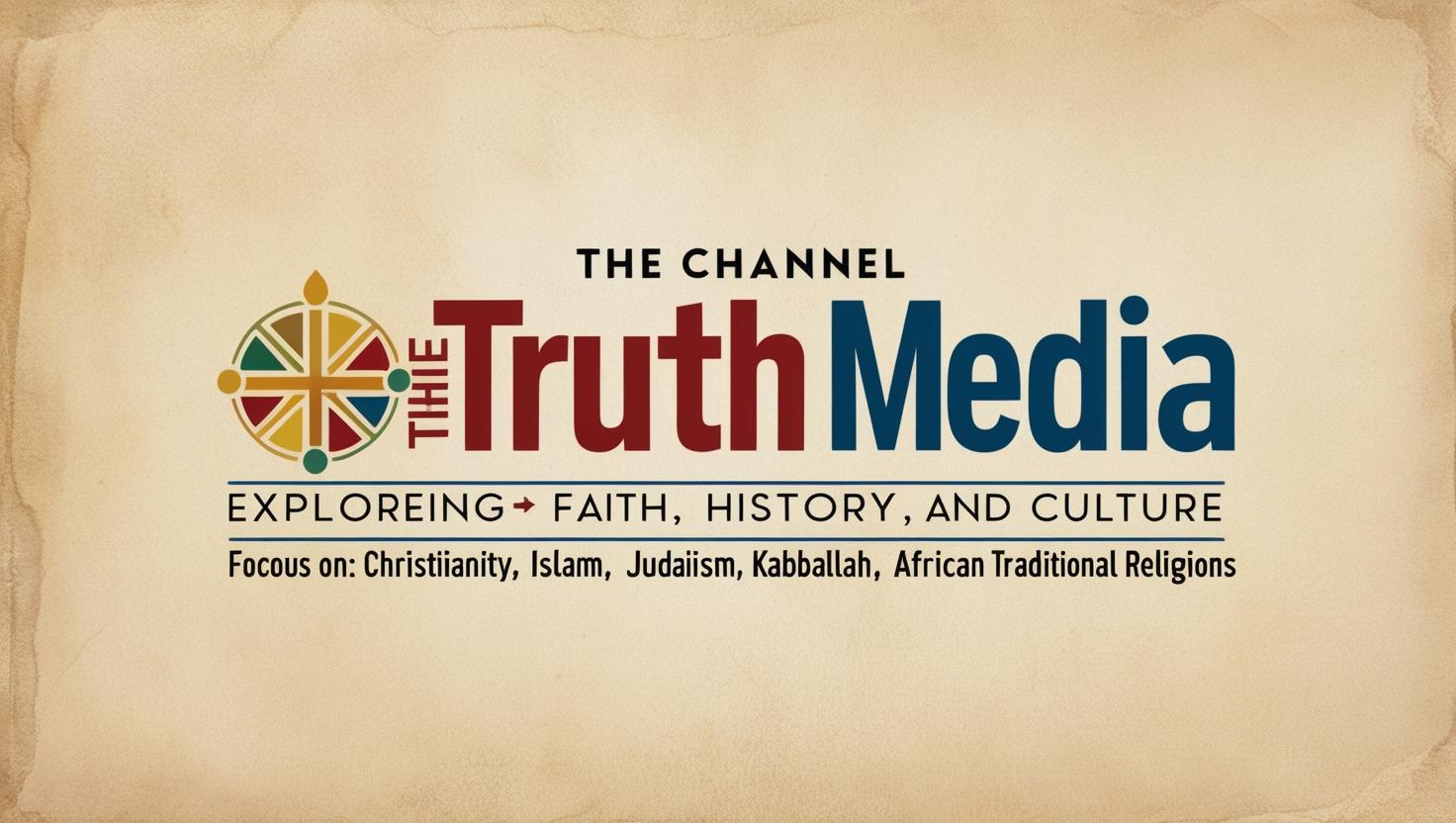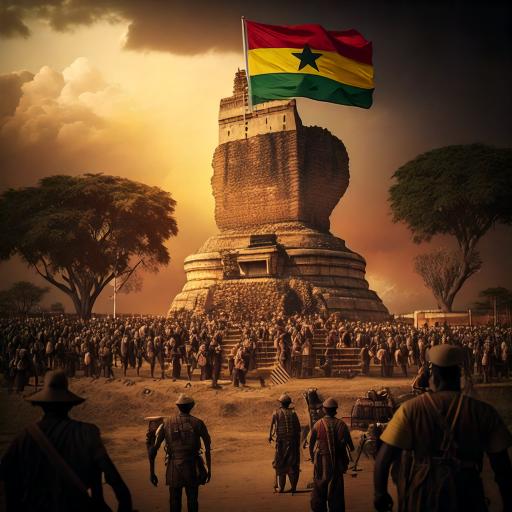The history of Ghana before its independence is deeply intertwined with the rich religious practices and beliefs of its indigenous tribes. Among the most prominent of these are the Ashanti and Ewe tribes, whose religious systems shaped their societies in profound ways. The Ashanti, with their centralized and powerful kingdom, and the Ewe, with their distinct cultural practices, both held onto intricate religious structures that influenced their daily lives, governance, and social organization. This article will explore the religious practices and beliefs of these tribes, the role of their gods, deities, and spiritual leaders, and the impact of colonialism on traditional religious systems.
- The Ashanti Tribe and Their Religious Practices
The Ashanti people, one of the largest ethnic groups in Ghana, have a religious system that revolves around a belief in a supreme god, lesser gods, and the veneration of ancestors. The Ashanti religious worldview is animistic, meaning they believe in the spiritual essence of nature, including trees, rivers, mountains, and animals. These spiritual forces are believed to have a direct influence on human affairs.
The Supreme God: Nyame
At the heart of Ashanti religion is Nyame, the supreme god who is both the creator and the ruler of the universe. Nyame is often referred to as the "Sky God" because the Ashanti believe he resides in the sky, overseeing the world below. He is a distant deity, however, and the Ashanti believe that he is too powerful and abstract to be directly worshiped by humans. Instead, intermediaries, such as lesser gods and ancestral spirits, are called upon to act on behalf of the people.
Lesser Gods: Abosom
While Nyame is revered, the Ashanti worship a variety of Abosom, or lesser gods, who serve as intermediaries between humans and the supreme god. Each Abosom governs different aspects of life, such as fertility, war, health, and prosperity. The most prominent among these gods is Asase Yaa, the earth goddess, who is associated with agriculture and fertility. She is regarded as the mother of the Ashanti people and is deeply revered in their agricultural society.
Ancestral Spirits
Ancestral veneration plays a critical role in Ashanti religion. The Ashanti believe that the spirits of their ancestors continue to influence the living. These spirits are honored and called upon for guidance, protection, and blessings. Ancestral worship involves rituals such as sacrifices, prayers, and the pouring of libations. This practice fosters a deep sense of continuity and respect for the past, reinforcing the connection between generations.
Spiritual Leaders: The Priest and Diviner
In Ashanti society, spiritual leaders are highly regarded and serve important roles in the community. The chief priest, known as the Okomfo, is the head of the religious hierarchy and is responsible for performing sacred rituals, offering sacrifices to the gods, and communicating with the spirit world. The diviners, or Nananom, are spiritual intermediaries who interpret the will of the gods and ancestors, often through the use of divination tools such as cowrie shells or kola nuts.
The role of the Okomfo extends beyond religious duties to include political and social responsibilities. The Ashanti king, known as the Asantehene, relies heavily on the Okomfo for spiritual guidance and legitimacy. The relationship between the monarchy and the religious institutions is thus intertwined, with religious leaders playing a central role in governance and decision-making.
Rituals and Ceremonies
Rituals are a vital part of Ashanti religious life, serving to maintain harmony between the physical and spiritual worlds. Annual festivals, such as the Adae Festival, celebrate the Ashanti gods and ancestors, with music, dancing, and sacrifices. The dancing of the Asafo (warrior) groups is an essential part of these ceremonies, as it symbolizes the Ashanti people's unity and strength.
Other rituals include rites of passage, such as birth, initiation, marriage, and death. Each of these life stages is marked by religious ceremonies that reinforce social bonds and cultural identity. The funeral rites of the Ashanti are particularly elaborate, as they are seen as an essential way of ensuring that the spirit of the deceased is properly cared for and can continue to watch over the living.
- The Ewe Tribe and Their Religious Practices
The Ewe people, who predominantly live in the Volta Region of Ghana and parts of Togo, have a distinct religious tradition that shares some similarities with the Ashanti but also exhibits unique characteristics. Like the Ashanti, the Ewe religion is based on animism and the worship of a supreme god, as well as a variety of lesser gods and spirits.
The Supreme God: Mawu
The supreme god of the Ewe people is Mawu, often considered both male and female. Mawu is seen as the creator of the universe and the provider of all life. Unlike Nyame, who is more distant and abstract, Mawu is viewed as more involved in the lives of the Ewe people. Mawu is associated with the sun and moon, which are seen as symbols of the divine presence.
Lesser Gods: Vodun
The Ewe also believe in a wide array of Vodun (spirits or deities) who govern various aspects of life, such as health, agriculture, and fertility. These spirits are believed to live in natural objects such as trees, rivers, and stones. Some of the most important Vodun include Togbi, the god of the earth, and Sogbo, the god of thunder and lightning.
Spiritual Leaders: The Priest and the Chief
Like the Ashanti, the Ewe have spiritual leaders who serve as intermediaries between the people and the gods. The chief priest, known as the Hugbonu, performs religious ceremonies and is responsible for maintaining the relationship between the people and the Vodun. In addition to the chief priest, the Ewe also have diviners who communicate with the spirit world and offer guidance to the community.
Rituals and Ceremonies
Ewe religious rituals are centered around the worship of Vodun, with offerings of food, drink, and animal sacrifices being made to appease the spirits. The Ewe festivals, such as the Agbogboza Festival, celebrate the spirits and ancestors and are marked by dancing, drumming, and feasting. Rituals often involve trance and possession by the spirits, where individuals are believed to become vessels for the gods.
- Religious Practices of Other Tribes in Ghana
While the Ashanti and Ewe tribes are the most well-known for their religious practices, other tribes in Ghana also have their own distinct beliefs and traditions.
The Fante
The Fante people, who live along the central coast of Ghana, share some religious similarities with the Ashanti and Ewe, such as the belief in a supreme god and lesser deities. The Fante worship Odomankoma, the creator god, who is similar to Nyame. The Fante also practice ancestor worship, and their religious leaders, such as the Nananom, are responsible for conducting rituals and maintaining the spiritual well-being of the community.
The Ga
The Ga people, who reside in the Greater Accra Region, have a religious system that incorporates elements of both Christianity and traditional beliefs. Their supreme god is Nai, who is believed to reside in the heavens. The Ga also believe in a pantheon of deities and spirits associated with natural forces. Rituals, such as the Homowo Festival, celebrate the gods and ancestors, and the Ga people often use music, dance, and offerings in their religious ceremonies.
The Dagomba
The Dagomba people of northern Ghana have a religious system that centers around the worship of Teng and Bung. Teng is the supreme god, while Bung is the god of fertility. The Dagomba people also practice ancestor worship and consult diviners for guidance. Their religious practices are closely tied to their agricultural lifestyle, and their rituals often involve sacrifices to ensure a bountiful harvest.
- The Impact of Christianity and Islam on Traditional Beliefs
The arrival of Christianity and Islam in the Gold Coast (modern-day Ghana) during the colonial era had a profound impact on traditional religious practices. Christian missionaries began to establish churches in the region in the 19th century, and their efforts to convert the local population led to a decline in the practice of indigenous religions.
Christianity, with its monotheistic worldview, was often seen as a challenge to the belief in multiple gods and spirits. Many of the traditional religious leaders, such as the Okomfo and the Hugbonu, found their authority undermined as the Christian church gained influence. Similarly, the introduction of Islam by Muslim traders and scholars further complicated the religious landscape, as Islam’s strict monotheism conflicted with the indigenous belief in a pantheon of gods.
Despite the efforts of missionaries, many Ghanaians continued to practice their traditional religions in secret, blending Christian or Islamic beliefs with indigenous practices in a syncretic manner. This resilience of traditional religion can still be seen in contemporary Ghana, where elements of indigenous beliefs coexist with Christianity and Islam.
- Conclusion
The religious practices of the Ashanti and Ewe tribes, as well as those of other ethnic groups in Ghana, were deeply rooted in the cultural and social fabric of pre-independence Ghana. These religious systems provided not only spiritual guidance but also a framework for governance, community life, and social cohesion. The introduction of Christianity and Islam during colonial times challenged these traditions but did not entirely erase them. Today, Ghana is a religiously diverse country where traditional beliefs continue to influence daily life, even as Christianity and Islam play dominant roles.

